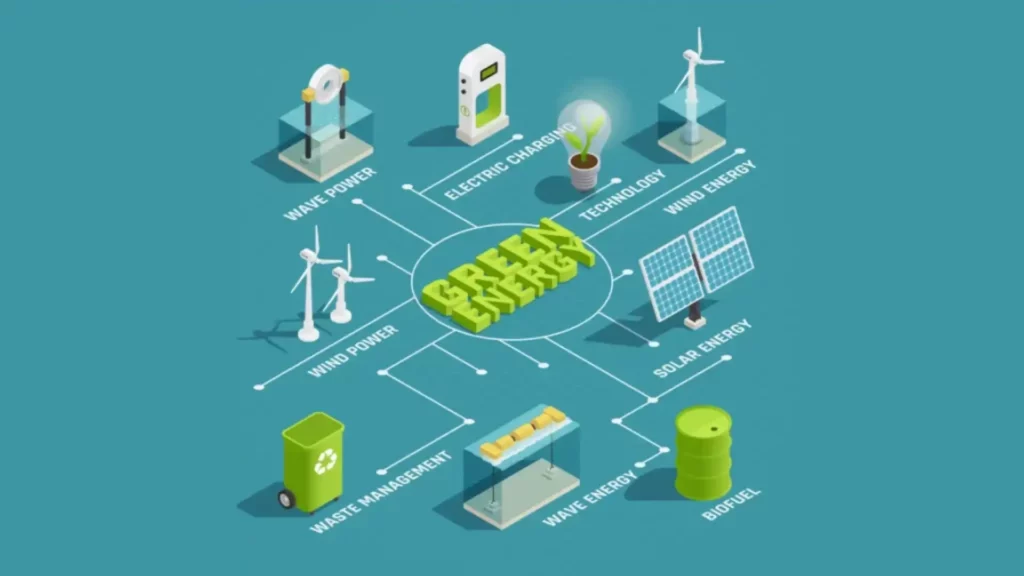In the rapidly evolving landscape of energy technology, the quest for efficient, sustainable, and scalable solutions has never been more critical.
As we dive into the depths of innovation, one term stands out as a beacon of hope for a greener future: energy storage new technology.
This pillar content aims to explore the latest advancements, their potential impacts on the global energy sector, and how they pave the way for a more resilient and sustainable energy infrastructure.
Understanding Energy Storage New Technology
Energy storage plays a pivotal role in transitioning to renewable energy sources by addressing their intermittency and ensuring a reliable supply.
With the surge in renewable energy adoption, the demand for advanced energy storage solutions is at an all-time high.
Energy storage new technology not only promises to enhance the efficiency and capacity of storage systems but also aims to make them more cost-effective and accessible.
The Importance of Innovation in Energy Storage
The innovation in new energy storage technology is crucial for several reasons.
Firstly, it allows for the better integration of renewable energy sources, such as solar and wind, into the grid.
Secondly, it enhances grid stability and reliability by providing backup power and peak shaving capabilities.
Lastly, new energy storage technologies are key to reducing carbon emissions and combating climate change by enabling a shift away from fossil fuels.
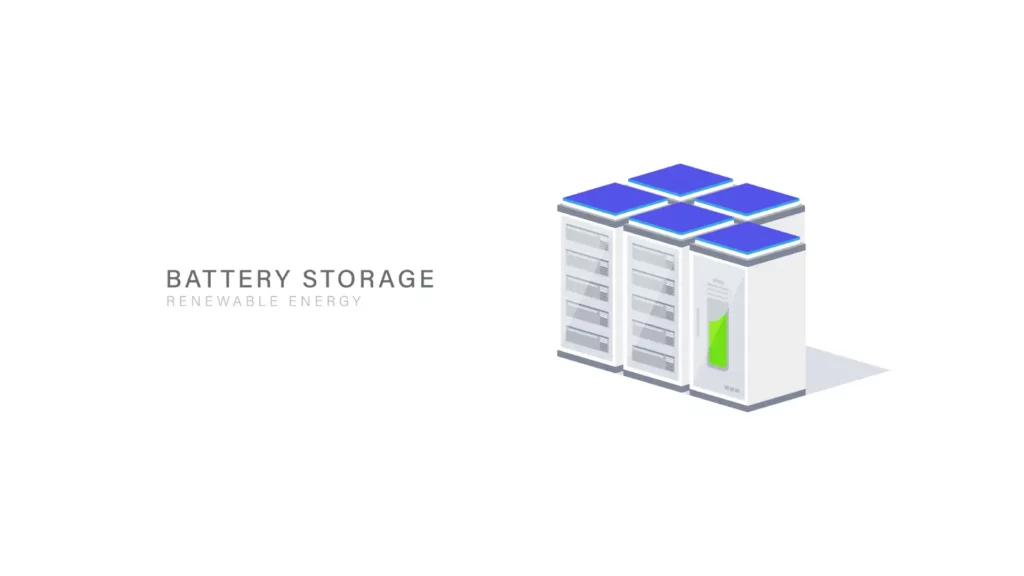
Cutting-edge technologies in Energy Storage
The landscape of energy storage new technology is diverse, with innovations spanning various materials, methods, and applications.
Here, we delve into some of the most promising technologies that are set to redefine energy storage.
- Lithium-ion Batteries and Beyond
Lithium-ion batteries are widely used for energy storage in various devices, but researchers are now examining alternatives like solid-state, sodium-ion, and lithium-sulfur batteries.
These new batteries and energy storage technology offer higher energy density, improved safety, and unique advantages in terms of cost, availability, and performance
- Flow Batteries: A Solution for Large-scale Storage
Flow batteries are a great advance in energy storage, ideal for large-scale use. Unlike regular batteries, they store energy in liquid electrolytes, which can be expanded by increasing tank size.
This technology has a longer lifespan and can discharge power for longer durations, making it perfect for stabilizing renewable energy on the grid.
- Hydrogen Storage: The Future of Clean Energy
Hydrogen energy storage is a clean and versatile solution. It converts electricity into hydrogen gas through electrolysis, which can be stored and used later.
This technology is promising for renewable energy storage and future clean energy systems.
- Thermal Energy Storage: Harnessing Heat and Cold
Thermal energy storage (TES) is a growing field in energy storage. TES systems store heat or cold, which can be used for heating/cooling or converted into electricity.
Technologies like molten salt storage, ice storage, and phase change materials are advancing, improving energy efficiency and reducing reliance on peak energy sources.
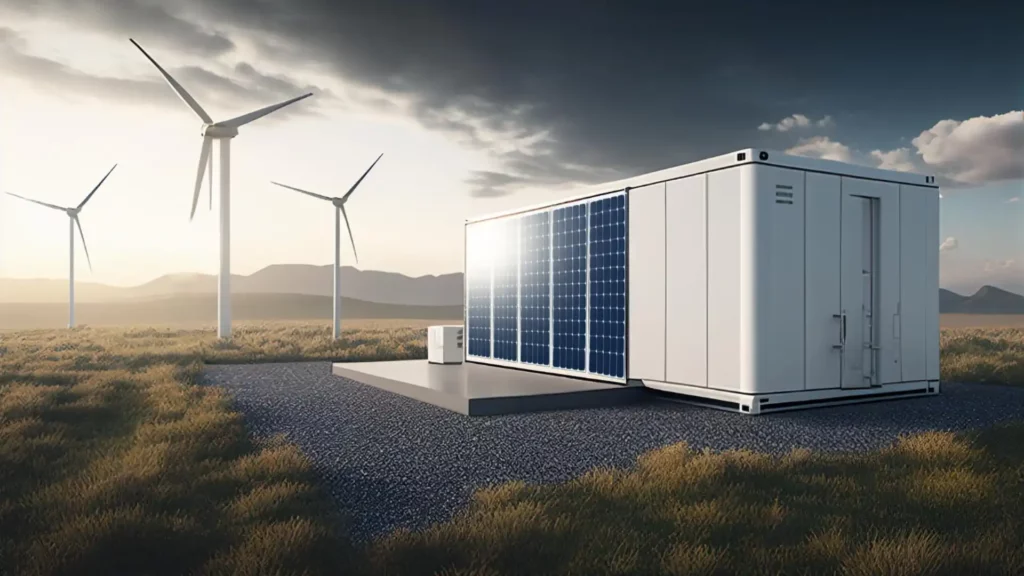
Benefits of Energy Storage New Technology
- Enhanced Grid Stability and Reliability: New energy storage technologies provide a more stable and reliable electricity supply by balancing supply and demand, thus reducing the risk of blackouts and improving the overall efficiency of the power grid.
- Increased Integration of Renewable Energy: They allow for greater integration of intermittent renewable energy sources like solar and wind into the grid by storing excess energy generated during peak production times and releasing it when demand is high or production is low.
- Reduction in Carbon Emissions: By facilitating the shift from fossil fuel-based power generation to renewable sources, these technologies significantly reduce greenhouse gas emissions, contributing to the fight against climate change.
- Improved Energy Efficiency: New energy storage technology can optimize energy usage by storing surplus energy and distributing it based on demand, leading to increased energy efficiency and reduced energy waste.
- Cost Savings for Consumers and Utilities: These technologies can lead to cost savings by enabling consumers and utilities to use stored energy during peak demand times when electricity prices are higher, thus lowering electricity bills and operational costs.
- Support for Electrification of Transport: They are crucial for the electrification of the transport sector, providing the necessary infrastructure for electric vehicles (EVs), including fast charging stations and grid support.
- Increased Energy Security: By reducing dependence on imported fuels and enhancing the resilience of the energy system, new energy storage technology increases national energy security and independence.
- Economic Growth and Job Creation: The development and deployment of new energy storage technologies drive economic growth by creating jobs in manufacturing, installation, maintenance, and operation of storage systems.
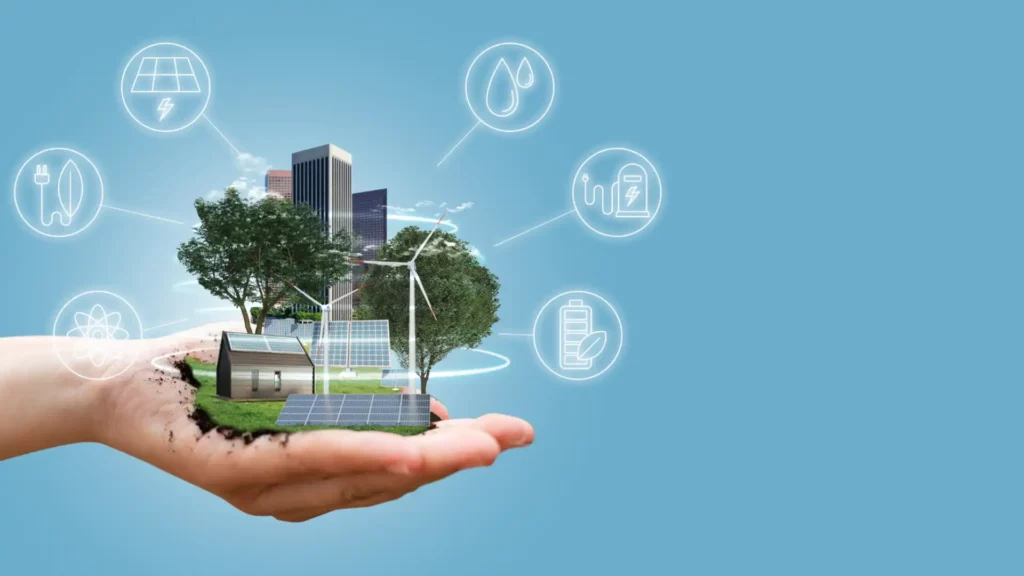
The Impact of Energy Storage New Technology on the Global Energy Sector
The advent of energy storage new technology is reshaping the global energy landscape in profound ways, offering a pathway to a more sustainable, efficient, and equitable energy future. Here's a summarized look at the key impacts:
- Enhanced Integration of Renewable Energy: These technologies ensure a reliable energy supply from renewable sources, facilitating their broader adoption.
- Acceleration Towards Global Sustainability Goals: By enabling a shift to renewable energy, these technologies are critical for reducing carbon emissions and combating climate change.
- Increased Energy Efficiency: New storage technologies boast higher efficiency, reducing energy waste and conserving resources.
- Cost Reductions in Energy Storage and Usage: Advancements are driving down the costs associated with energy storage and usage, making renewable solutions more economically viable worldwide.
- Democratization of Clean Energy Access: Affordable and efficient energy storage technologies enable developing countries to access clean energy, leveling the playing field.
- Creation of New Markets and Economic Opportunities: The development of energy storage technologies stimulates economic growth, job creation, and international collaboration in the renewable sector.
- Regulatory and Policy Advancements: Updated policies support the integration of these technologies, facilitating a smoother transition to sustainable energy systems.
- Empowerment of Consumers and Communities: Modern storage solutions offer individuals more control over their energy use and costs, promoting sustainability practices.
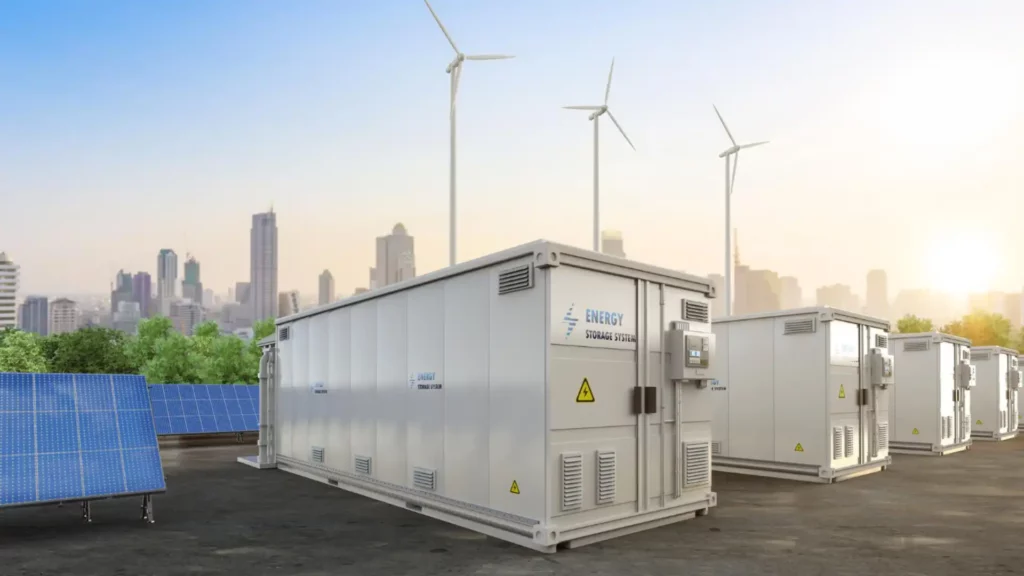
Energy Storage New Technology Regulatory and Market Developments
The growth of energy storage new technology is not only a technological challenge but also a regulatory and market one.
Governments and regulatory bodies worldwide are beginning to recognize the importance of energy storage and are implementing policies and incentives to support its development and integration.
Furthermore, as these technologies mature, they will lead to new business models and market opportunities, driving investment and innovation in the sector.
Advances and Trends of Energy Storage Technology in Microgrids
Microgrids represent a significant advancement in energy distribution and management, offering localized control and resilience to power systems.
Within the realm of microgrid technology, energy storage plays a pivotal role in ensuring stability, reliability, and efficiency.
Let's delve into the latest advances and trends of energy storage technology in microgrids.
- Integration of Emerging Energy Storage Technologies
In recent years, microgrid developers and operators have been increasingly turning to emerging energy storage technologies to enhance the performance of their systems.
From lithium-ion batteries to flow batteries and beyond, these technologies offer unique advantages such as improved energy density, longer lifespan, and faster response times.
- Enhancing Resilience and Reliability
Energy storage technology in microgrids boosts reliability and resilience by saving excess energy during low demand and releasing it during peak times or grid outages.
This is especially important in remote or vulnerable areas, as well as critical infrastructure, to ensure uninterrupted power supply.
- Grid-Interactive Capabilities and Demand Response
A new trend in microgrid energy storage is combining grid-interactive capabilities with demand response mechanisms.
Advanced systems with smart controls adjust energy storage and discharge as per real-time grid conditions, prices, and demand patterns.
This optimizes energy usage, cuts costs, and enables participation in demand response programs, improving grid stability and efficiency.
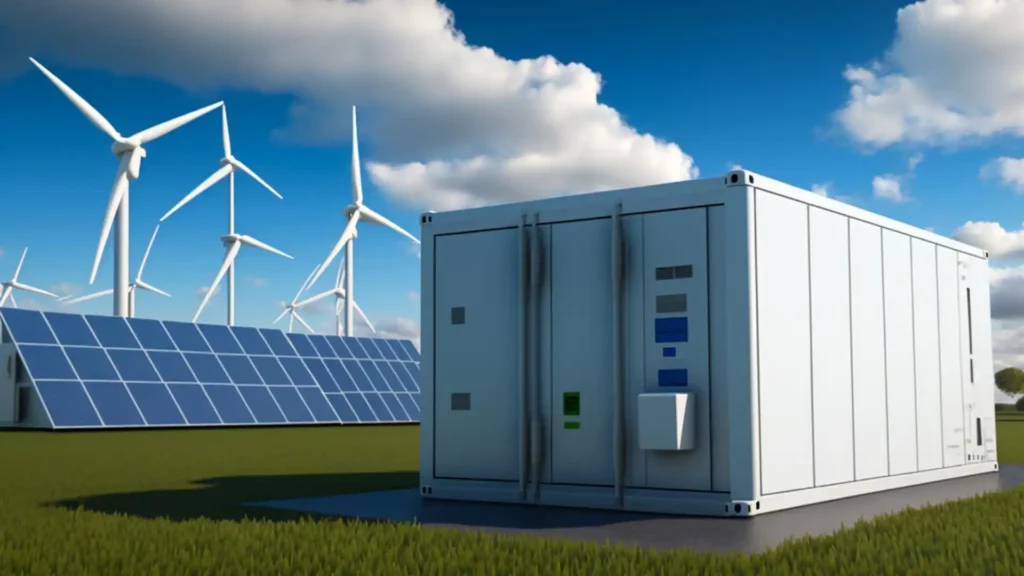
Energy Storage System Technology and Business Models: Driving Innovation and Market Growth
In the realm of energy storage system technology and business models, innovation is the driving force behind market growth and sustainability.
Energy storage systems, like lithium-ion and flow batteries, and flexible business models are crucial for maximizing the benefits of these technologies. As the industry evolves, companies must balance technological advancements with adaptable strategies to meet diverse market needs.
From grid-scale deployments to decentralized microgrids, energy storage system technology and business models are reshaping the energy sector, ushering in a new era of efficiency, reliability, and sustainability.
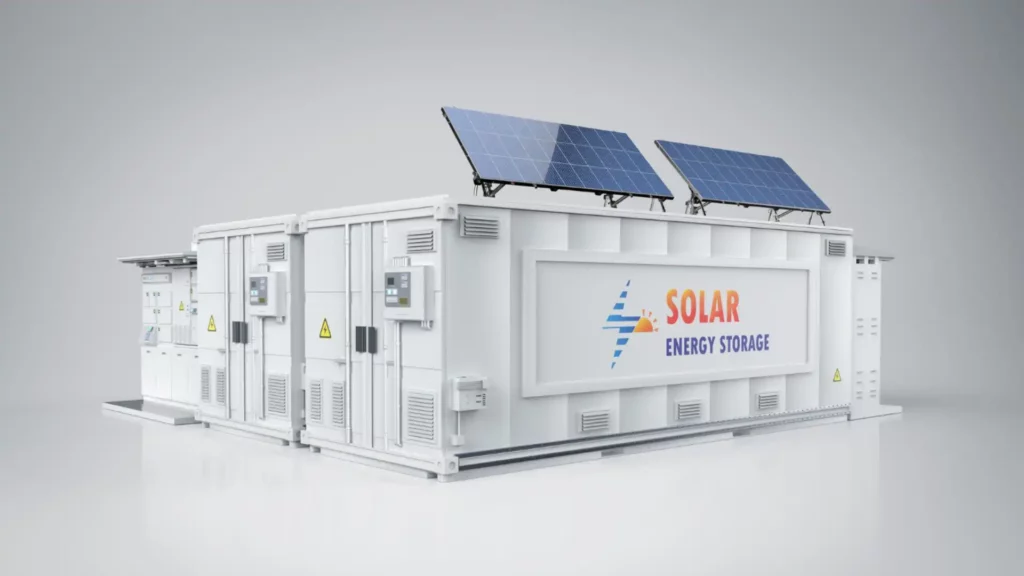
Exploring Energy Storage New Technology: From Cutting-Edge to Future Innovations
Latest Energy Storage Technology
- Solid-State Batteries: These batteries represent the pinnacle of the latest energy storage technology. Offering higher energy density, faster charging times, and improved safety, solid-state batteries are revolutionizing the industry.
- Vanadium Redox Flow Batteries (VRFBs): VRFBs stand out as a leading technology, particularly for large-scale applications, due to their long cycle life, high efficiency, and scalability.
- Artificial Intelligence (AI) Optimization: AI-driven optimization algorithms are revolutionizing energy storage management, maximizing efficiency and reliability by analyzing vast amounts of data on energy demand.
- Advanced Thermal Energy Storage: Recent advancements in thermal energy storage, including molten salt systems and phase change materials, offer high efficiency, scalability, and cost-effectiveness, particularly for industrial applications.
- Next-Generation Capacitors: Capacitors are experiencing a resurgence in energy storage technology with next-generation advancements offering higher energy density, faster charging times, and longer cycle life, with applications ranging from electric vehicles to renewable energy integration.
Most Promising Energy Storage Technology
- Gravity Energy Storage: Among the most promising energy storage technology, gravity energy storage systems are emerging as a highly scalable and cost-effective solution for grid-scale applications.
- Advanced Hydrogen Storage: Advanced hydrogen storage technologies represent a significant advancement in energy storage technology, offering clean and renewable energy solutions for various applications.
- Advanced Flywheel Systems: Advanced flywheel systems are positioned as one of the most promising energy storage technology, with their fast response times and high efficiency making them ideal for grid stabilization and energy management.
- Advanced Compressed Air Energy Storage (A-CAES): A-CAES systems are regarded as highly promising energy storage technologies due to their grid-scale storage capabilities and minimal environmental impact.
- Advanced Supercapacitors: Advanced supercapacitors are gaining recognition as one of the most promising energy storage technology, offering rapid charge and discharge rates for high-power applications.
Future Energy Storage Technologies
- Quantum Energy Storage: Quantum energy storage stands as one of the best energy storage technologies for the future, harnessing the principles of quantum mechanics to achieve unparalleled energy density and stability.
- Biological Energy Storage: Biological energy storage is an emerging field with significant potential to revolutionize energy storage technologies by drawing inspiration from living organisms for sustainable and environmentally friendly solutions.
- Space-Based Energy Storage: Space-based energy storage is a visionary concept with tremendous potential to revolutionize global energy production and distribution in the future.
- Nanotechnology-Based Energy Storage: Nanotechnology-based energy storage is poised to transform future energy storage technologies by enhancing the performance and efficiency of energy storage devices.
- Hybrid Energy Storage Systems: Hybrid energy storage systems represent a promising direction for future energy storage technologies, offering versatility and adaptability for diverse energy storage needs.
Energy Storage New Technology Conclusion
Energy storage new technology is at the forefront of the global shift towards renewable energy and sustainability. With each advancement, we move closer to a future where clean, reliable, and affordable energy is accessible to all.
The technologies discussed here represent just a fraction of the innovation happening in this dynamic field. As we continue to explore and invest in new forms of energy storage, we pave the way for a greener, more sustainable world.
The journey towards revolutionizing energy storage and, by extension, the global energy landscape is ongoing. It is an exciting time for scientists, engineers, policymakers, and businesses, as well as for consumers who stand to benefit from these advancements.
Energy storage new technology not only holds the key to unlocking the full potential of renewable energy but also represents a critical step towards achieving a more sustainable and resilient energy future for generations to come.

